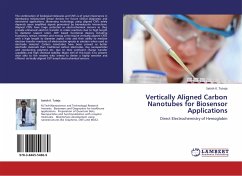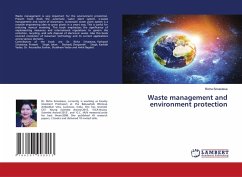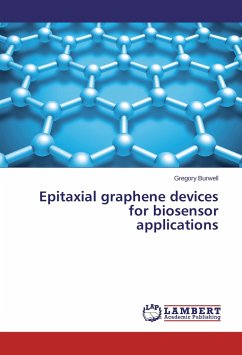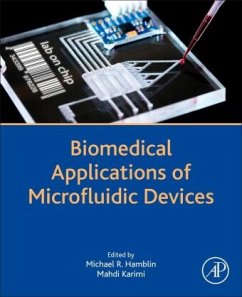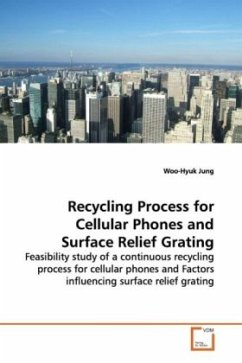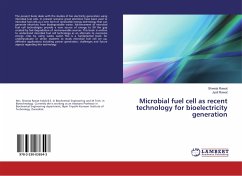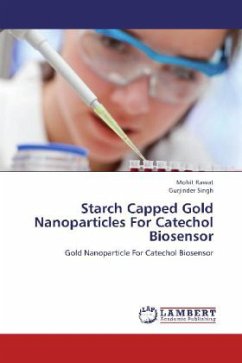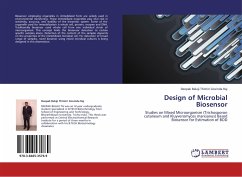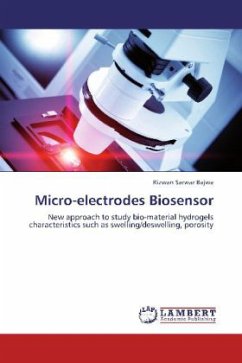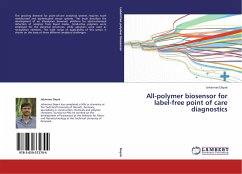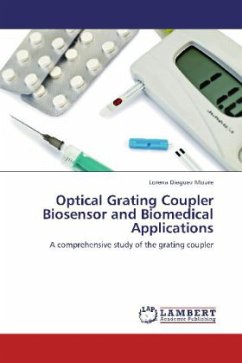
Optical Grating Coupler Biosensor and Biomedical Applications
A comprehensive study of the grating coupler
Versandkostenfrei!
Versandfertig in 6-10 Tagen
52,99 €
inkl. MwSt.

PAYBACK Punkte
26 °P sammeln!
Biosensors are nowadays a powerful tool to enable the detection of specific biological interactions and to evaluate the concentration dependence in the response. A biosensor usually consists of three different parts: the sample to be measured, the transducer and the electronic system that amplifies the signal, analyzes the data and brings a result to the final user. When the analyte interacts with the bioreceptor, the transducer sends a signal that is processed by the electronics. All this process occurs in a efficient, quick, cheap, simple and specific way. Optical biosensors are the most pow...
Biosensors are nowadays a powerful tool to enable the detection of specific biological interactions and to evaluate the concentration dependence in the response. A biosensor usually consists of three different parts: the sample to be measured, the transducer and the electronic system that amplifies the signal, analyzes the data and brings a result to the final user. When the analyte interacts with the bioreceptor, the transducer sends a signal that is processed by the electronics. All this process occurs in a efficient, quick, cheap, simple and specific way. Optical biosensors are the most powerful ones for investigating processes at the solid/liquid interface. Among them the grating coupler is immune to electromagnetic interferences, pushes the sensitivity to levels even higher than other techniques and allows for the direct monitoring of macromolecular adsorption. Taking advantage of the last advances in nanotechnology, this book studies the versatility of an Optical Grating Coupler Biosensor. The design of new grating sensor chips is investigated, a new calibration technique for the sensors is proposed and different biomedical scenarios are tested.



